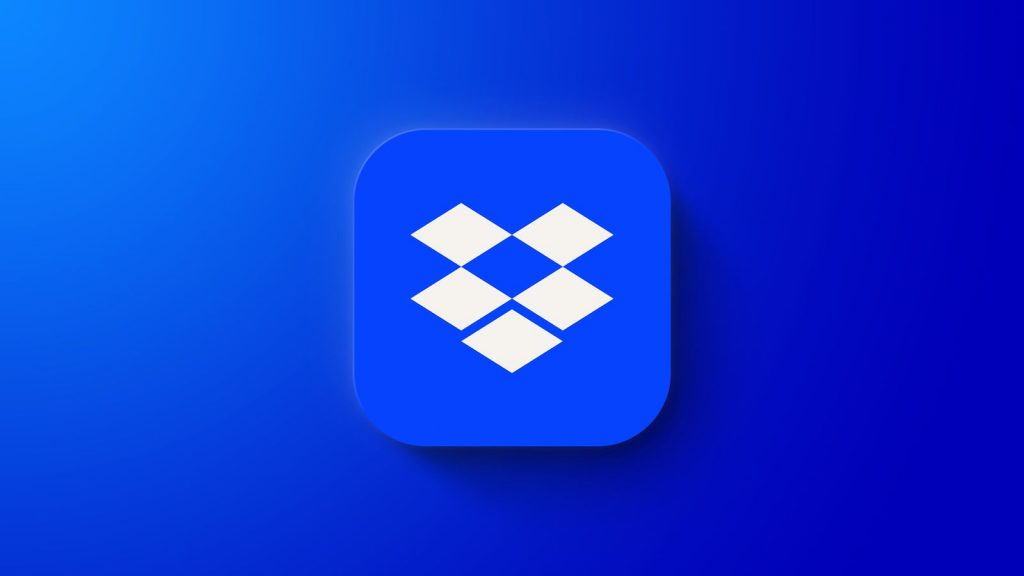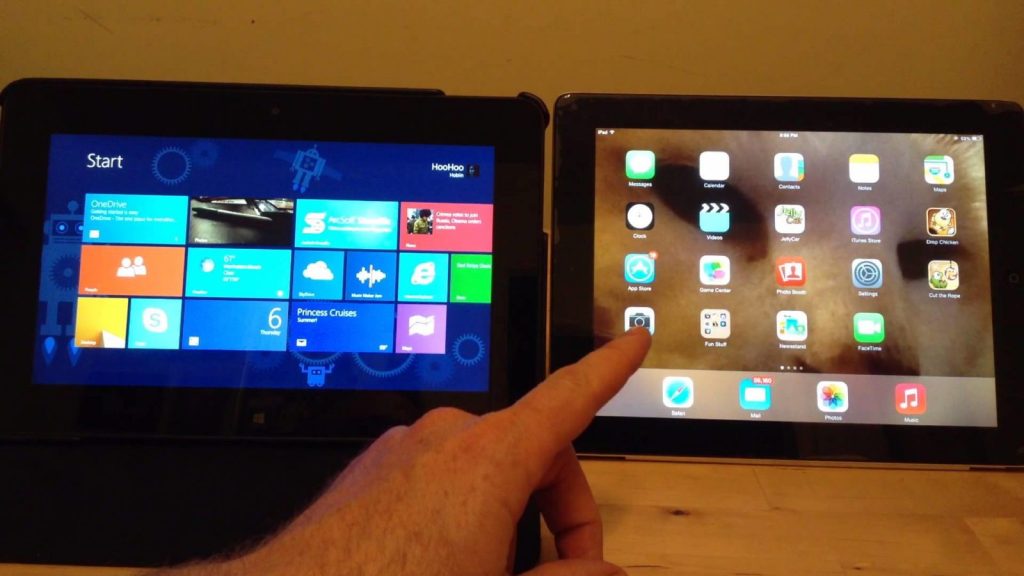Considering a new laptop but overwhelmed by various screen sizes? Don’t worry; you’re not alone. It can be time-consuming to choose the right size laptop with so many models available.
A comprehensive guide to laptop screen size comparisons is provided in this article. We’ll discuss everything from display features to price points so that you can find the perfect laptop for your specific needs.
Laptop Screen Size Comparisons
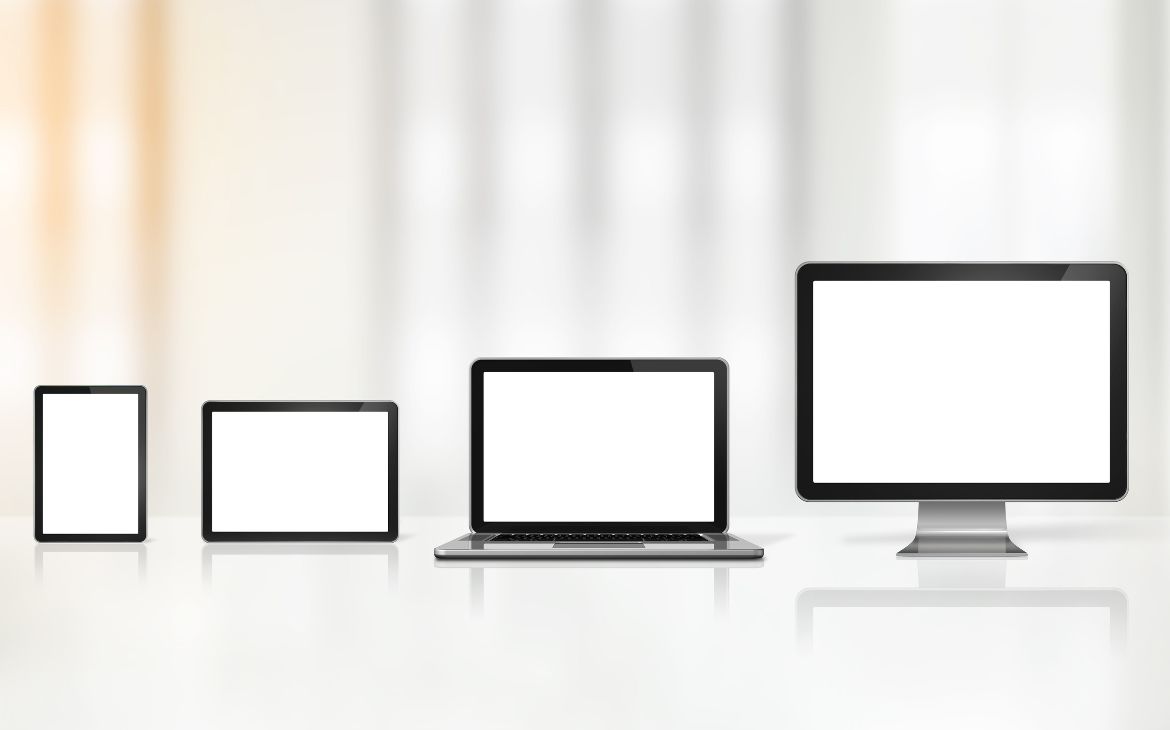
The size of laptop screens ranges from 11 inches to 17 inches. Which size suits you best? In this article, we will look at the different laptop screen sizes available and help you decide which one fits your needs best.
Smaller laptops generally have an 11-13 inch display. These laptops are ultraportable and lightweight, making them ideal for students or business travelers who need to carry their laptops wherever they go. However, the smaller display can make it difficult to work with large documents or view multiple windows simultaneously.
Mid-size laptops feature 14-16 inch displays and are somewhat bulkier than smaller ones. These laptops offer more space for multitasking and viewing multiple windows simultaneously without compromising portability.
Popular Sizes: 13″, 14 “, 15.6
Popular sizes for laptop screens are 13, 14, and 15.6 inches. When looking to buy a new laptop, it is crucial to grasp the variations in size between these three commonly chosen alternatives.
The 13-inch option, the smallest of the three, suits travelers needing a lightweight, backpack-friendly device.
Its small size also makes this model perfect if you use your laptop while out and about. However, due to its smaller display, this option may not be suitable if you require more screen space while working on projects or multitasking.
The 14-inch size offers more space without compromising portability compared to the 13-inch.
Benefits and Drawbacks of Different Sizes
Pros:
- Different size laptop screens provide a range of options to meet varied user needs.
- Larger screens are better for multitasking and media consumption.
- Smaller laptops are portable and easy to store.
- Multiple screen sizes make it easier to find the perfect fit for individual users’ budgets and preferences.
- Having different size laptop screens available allows users to upgrade or downgrade as needed without purchasing an entirely new device.
Cons:
- Cost is typically higher due to additional components required for larger screens or added accessories required for smaller ones.
- Some larger laptop screens have lower resolutions than small ones due to space constraints on the device itself, leading to a less satisfactory viewing experience in some cases.
- Differently sized laptop screens might not be compatible with specific external devices like monitors, keyboards, and peripherals.
Resolution Types: HD, 4K, etc.
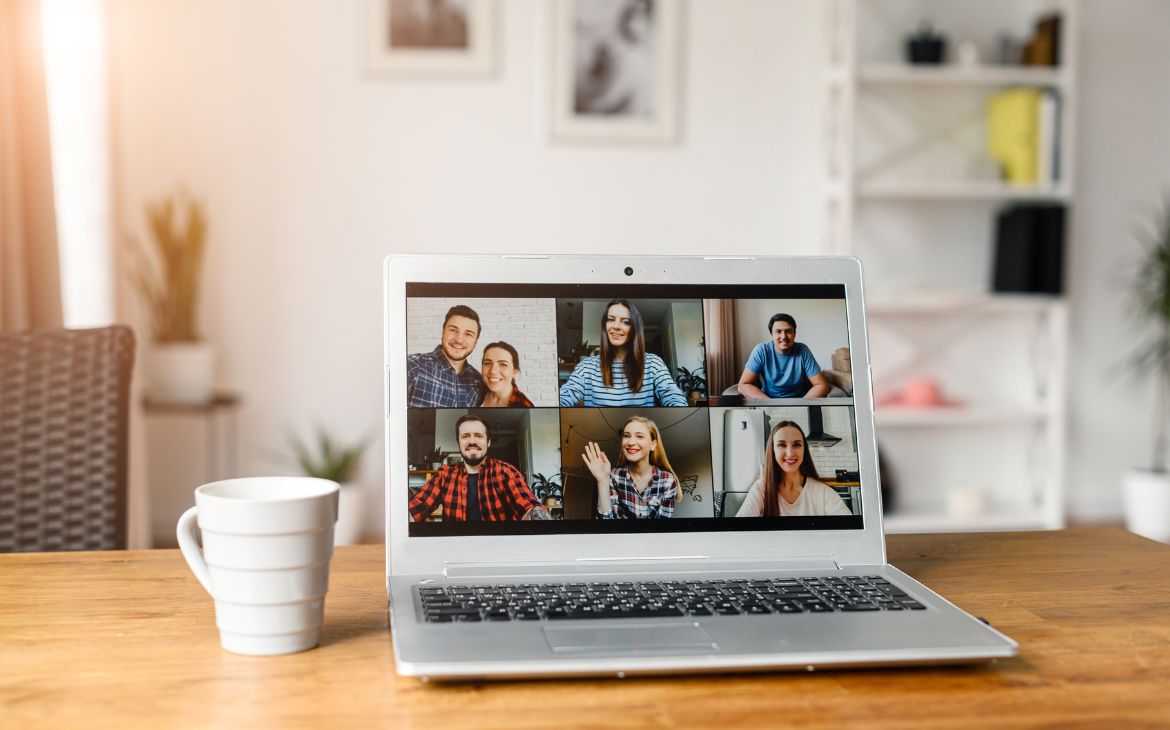
Laptop screens vary in size and resolution, making it challenging to choose the right one. Whether you are looking for the best value or the highest resolution, understanding resolution types can help you decide when shopping for the perfect laptop.
Resolution types refer to the number of pixels that make up your laptop’s display. Common resolution types include HD, Full HD, Ultra HD, and 4K UHD.Common resolution types include HD, Full HD, Ultra HD, and 4K UHD. Your screen will display more detail as the pixel count increases.
For example, HD has a pixel count of 1280 x 720, while 4K UHD boasts 3840 x 2160. Additionally, having a higher resolution on laptops can increase battery life because fewer pixels mean less power is needed to show images.
Display Technologies: IPS, LED, OLED
Display technologies have come a long way in the past few years, offering consumers various options when choosing their laptop screens. IPS, LED, and OLED displays, each with unique pros and cons, are popular display types.
When comparing laptop screen sizes, consider the display technologies. Laptop displays benefit from IPS (In-plane switching) technology, specifically designed to offer wide viewing angles.
The colors are more accurate than other display options, but they can also appear somewhat dimmer and consume more power than LED or OLED displays. IPS laptops’ size tends to be larger owing to their increased image quality and color reproduction capabilities.
LED (Light Emitting Diode) displays use less power than IPS panels while providing brighter backlighting and better contrast ratio images with darker blacks.
Brands and Models
When it comes to buying a laptop, consumers have a lot of factors to consider. Among them is the screen size – do you want something compact and lightweight or bigger and more powerful?
It can be hard to know which model from which brand will offer the best features for your needs without doing research. There are many resources to help shoppers choose the right laptop screen size.
Buyers can compare laptops’ performance, memory capacity, graphics card type, and display size through these sites. They also generally include reviews from other customers who have already purchased the product so that users can get insight into how well it works in real-world scenarios and whether it’s worth investing in.
Final Considerations
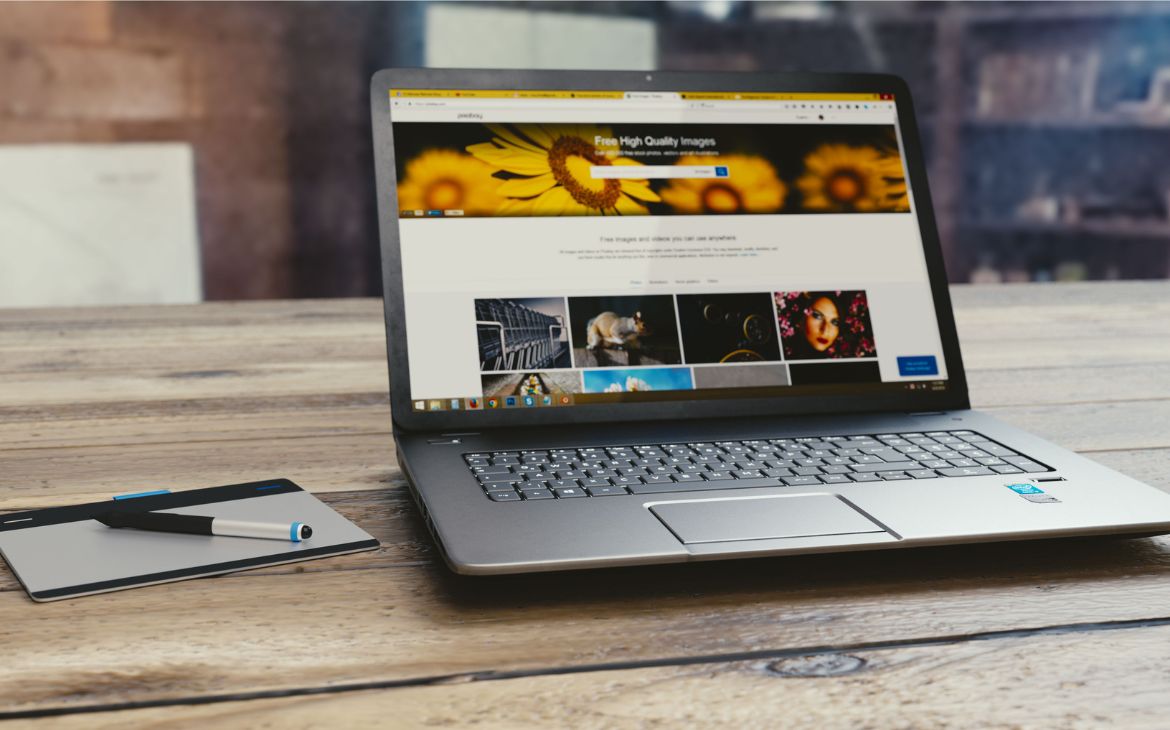
When choosing a laptop, one of the most important considerations is screen size. Larger screens offer more room for multitasking and provide better visibility when working with visuals such as photographs or videos.
Conversely, smaller screens tend to be lighter and offer greater portability. Here are some final considerations when comparing laptop screen sizes to make an informed decision.
First, consider the type of activities you’ll be using the laptop for on a regular basis. For instance, if you’re primarily using your laptop for web browsing and document writing, a small 11-13 inch display may suffice. However, if you plan on viewing larger images or playing games, a larger 15-17 inch display would suit your needs better.


